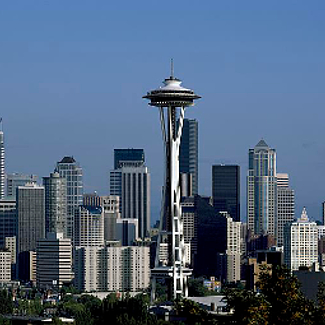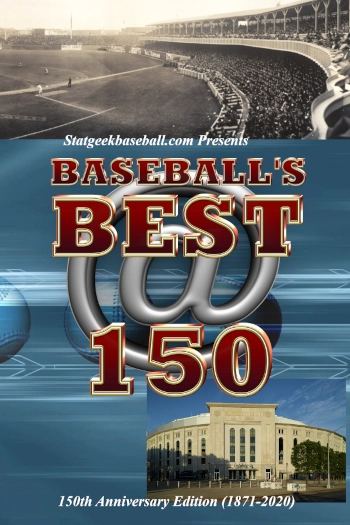Quick List Info

Dates Open - April 21 - October 21, 1962. Open 184 days.
Attendance - 9,639,969 paid/total visitors.
International Participants - 44 nations and 2 international organizations.
Total Cost - $22,811,700 for Expo Authority. Estimate of $80-100 million, including all participants.
Site Acreage - 74 acres in center of city.
Sanction and Type - Sanctioned by the Bureau of International Exhibitions on 11-8-60 as a Second Category General Exposition. At the time of the expo, the B.I.E. sanctioned fairs as General Category 1, 2, and Special. Would be considered a Special Category, Recognized event today like those on the 2-3, 7-8 years of the decade.
Ticket Cost - Admission $2.00.

Photo top center: Canada Pavilion at the Century 21 Exposition, Seattle 1962. Courtesy Seattle Municipal Archives via Wikipedia Commons. Column Top: 1962 Official Stamp, U.S. Postal Service. Courtesy Wikipedia Commons. Column Bottom: Official logo, 1962, Expo Authority.

Other Histories of World's Fairs to Check Out










